Every year, bigger and better stadiums are being built around the world, and indeed, many of the ones on this list are no longer in the official top 10 of the world's largest stadiums in terms of capacity. But they are still very impressive buildings that are worth knowing about…
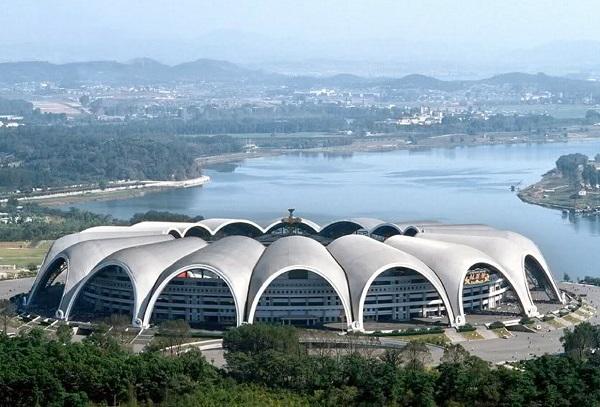
Rungrado May Day Stadium in Pyongyang, North Korea.
Topping the list of the world’s top 10 largest stadiums with a capacity of 150,000 is the Rungrado May Day Stadium in Pyongyang, North Korea. Completed on May 1, 1989, the May Day Stadium was originally built for the 13th World Festival of Youth and Students. While the stadium does serve as a sports venue, hosting soccer matches and several other sporting events, it is better known as the site of the annual “mass games.” This mass gymnastics and arts event involves over 100,000 people and is held to celebrate unity and group strength in the communist state. The May Day Stadium is also the site of the public execution of dissenting generals in the late 1990s.
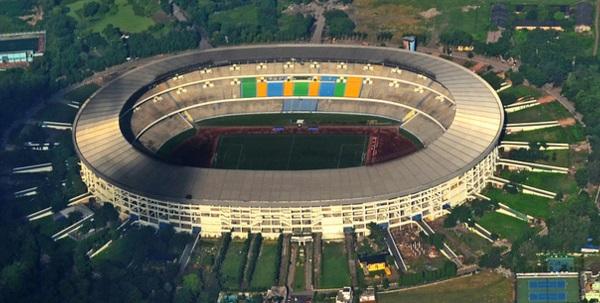
Salt Lake Stadium in West Bengal, India
The second largest non-racing stadium is the Salt Lake Stadium in West Bengal, India. Opened in 1984, the stadium is a multi-purpose facility but is best known as the home of several of Indian football's biggest clubs. Mohun Bagan AC, Kingfisher East Bengal FC, Prayag United SC and Mohammedan SC all play out of the stadium, and the Kolkata derby between Kingfisher and Mohun Bagan easily fills the 120,000-seat capacity.
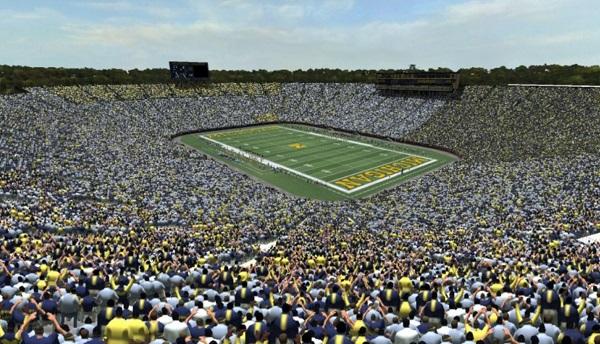
Michigan Stadium, USA
Michigan Stadium was built in 1927 and seats over 109,000 spectators. Home to the University of Michigan Wolverines, the stadium is the largest in the United States and is nicknamed the "Big House."
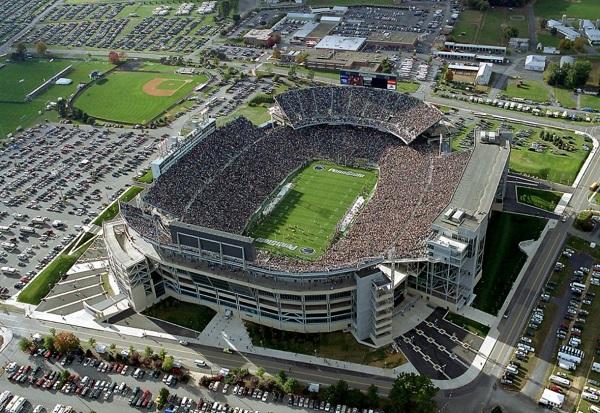
Beaver Stadium, USA
Next on the list is another American football stadium with a capacity of 106,572. Happy Valley, officially Beaver Stadium, has been home to the Penn State Nittany Lions since 1960. The stadium holds the distinction of being the second largest in the Western Hemisphere and one of the toughest places for opposing teams in the NCAA. The student section has been repeatedly voted the best in the country and is home to several successful traditions and events, including Zombie Nation, Whiteout Games, and the “S-Zone.”
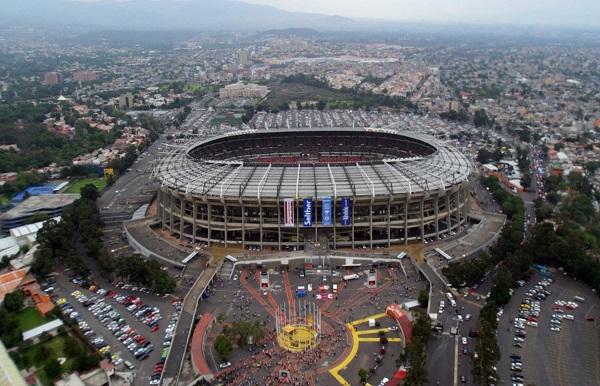
Azteca Stadium, Mexico
The top ten list moves from the United States to Mexico City, Mexico. Estadio Azteca opened in 1961 and holds 104,000 people. Not only has the stadium hosted two World Cup finals, it was also an Olympic football stadium in 1968 and is home to the Mexico national football team and Primera Division club Club América.

Neyland Stadium, USA
The next two stadiums on the list are numbered 6-7 and 7-6, depending on which statistic you believe. Whether the capacity is 102,455 or 102,037, Neyland Stadium is home to the University of Tennessee Volunteers football team. The stadium was built back in 1921 and received its current name in honor of former head football coach Robert Neyland.
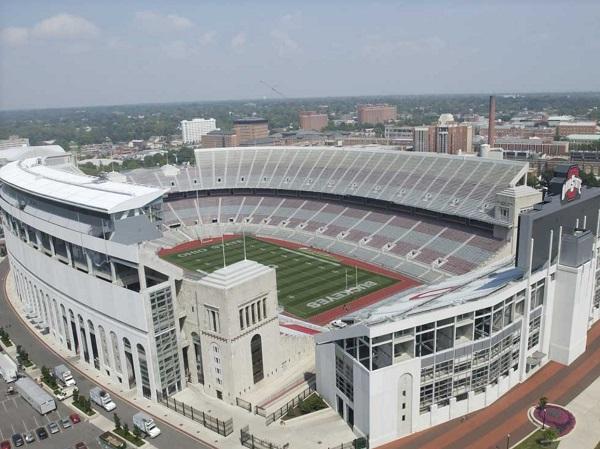
Ohio Stadium, USA
Next up, Ohio Stadium in Columbus, Ohio. Home to the Ohio State Buckeyes, the 102,329-seat stadium is one of the most famous stadiums in all of NCAA football. Consistently ranking in the top five in attendance, the marching band's dotting of the i's during home games is considered one of the great traditions of sports.

Bryant-Denny Stadium, USA
Another college football team ranks eighth in this top 10. Another stadium named in part for a legendary coach, Bryant-Denny Stadium in Tuscaloosa, Alabama, is home to the Crimson Red Tide and seats 101,821.
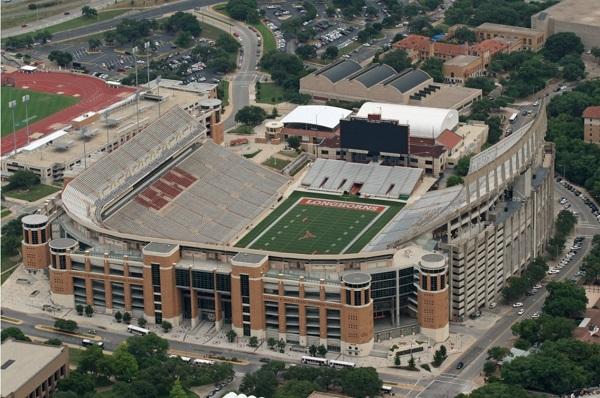
Royal Texas Memorial Stadium, USA
The final college football team on the list is the Darrell K. Royal Texas Memorial Stadium in Austin, Texas. The home of the Texas Longhorns, which seats 100,119, has been expanded six times since it opened in 1924.

Melbourne Cricket Ground, Australia
First up on the list is cricket. The Melbourne Cricket Ground in Melbourne, Australia, has a capacity of 100,018. The oldest stadium on this list, it opened in 1854, although it has been renovated several times since then. The G, as it is known locally, is home to cricket, soccer and rugby teams and is generally considered the “spiritual home of Australian sport.”
Have you visited any of these stadiums? Do you know another stadium that should have made this list? If you do, why not let us know your thoughts in the comments below.














Оставить Комментарий